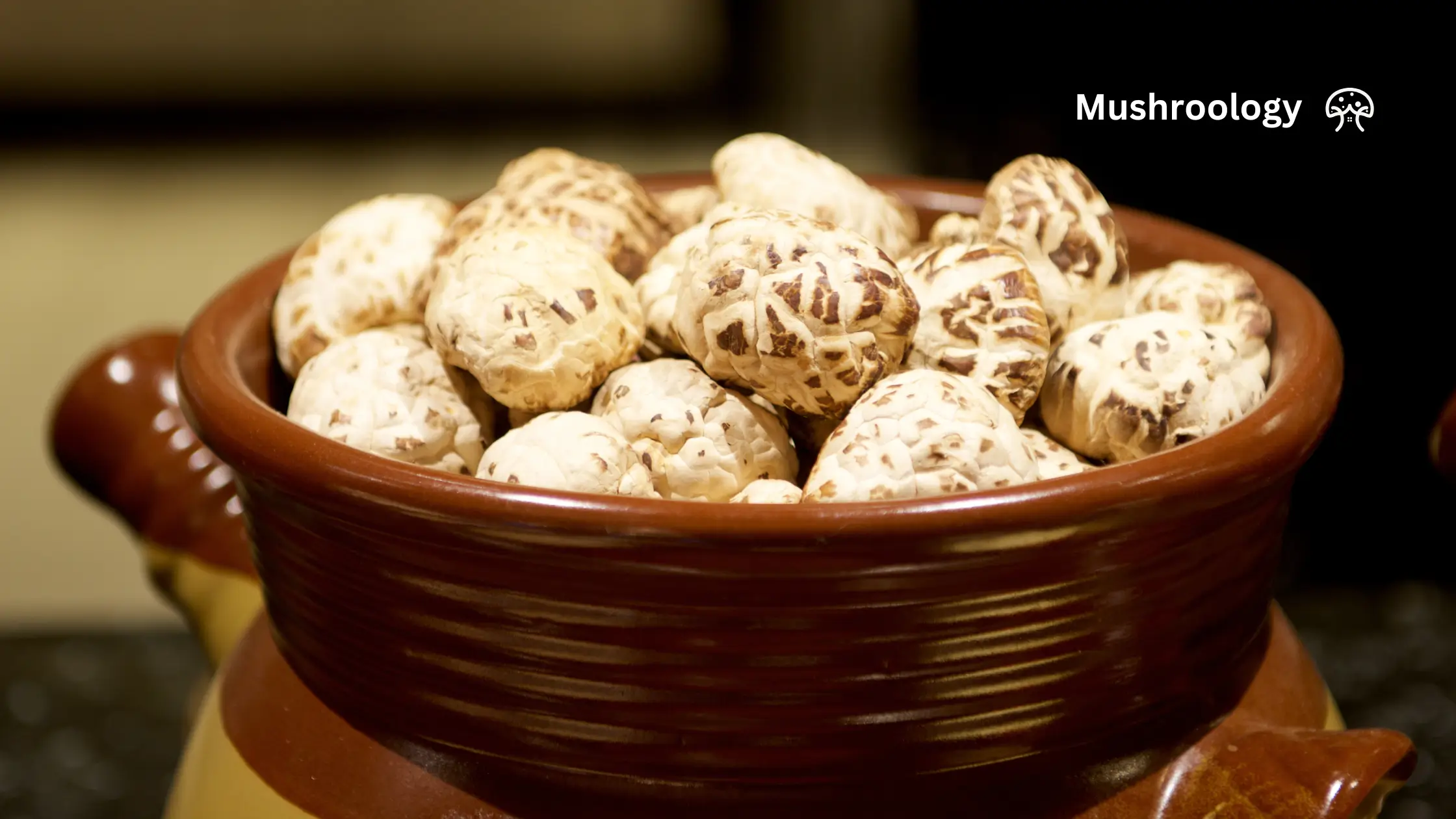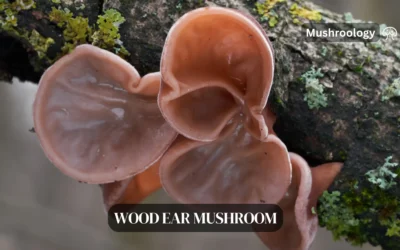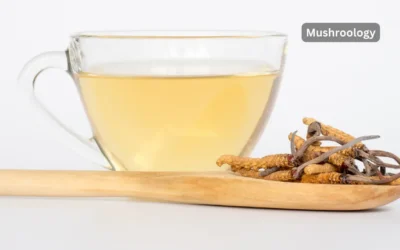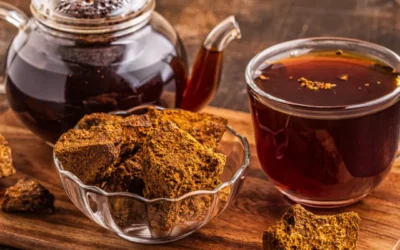What Makes These Mushrooms So Special?
Have you ever wondered why some foods cost hundreds of dollars? Japan’s “White Flower” shiitake mushrooms, also called Hana-Donko, are among the world’s most expensive mushrooms. Some have sold for as much as $2,200 at special auctions!
These aren’t your everyday mushrooms. The white cracks on their caps look like flower patterns (hence the name), and their rich flavor makes them a treasure in fine dining. But what makes them truly special is how they’re grown – using methods that are over 1,000 years old.
The Ancient Art of Growing Premium Shiitake
Unlike regular mushrooms that grow in just weeks, Hana-Donko shiitake take years to produce. Japanese farmers use a special method called Genboku that requires:
- Special Oak Logs: Farmers carefully select sweet oak logs with the right thickness
- Hand Inoculation: They drill holes and insert mushroom spores by hand
- Natural Aging: The logs rest in forest shade for 18-24 months
- Perfect Conditions: The mushrooms only grow when temperature and humidity are just right
This slow process is why each log produces only a small amount of mushrooms twice a year. A single log can keep producing for 3-7 years before it completely breaks down.
Why They Cost So Much: The 60% Rule
Not every shiitake mushroom makes the cut as a premium “White Flower” variety. To earn this title, mushrooms must pass six strict tests:
- Must be the perfect size (33-42mm cap)
- Need at least 80% white cracking on the surface
- Have tightly curled edges
- Contain thick, meaty flesh
- Have very low moisture content after drying
- Show zero blemishes or damage
Only about 5-10% of all harvested shiitake qualify as the premium Hana-Donko grade. This rarity helps explain why they cost up to 40 times more than regular shiitake mushrooms!
A Market in Transition
The global shiitake market is growing fast and should reach $1.2 billion by 2032. But in Japan, there’s a problem: most mushroom farmers are over 60 years old, and fewer young people want to continue this labor-intensive tradition.
Growing Markets
- Asia: Especially Hong Kong and Taiwan, where demand rises 15% yearly
- North America: Health-conscious consumers love shiitake’s high vitamin D content
- Online Sales: Luxury food platforms are selling more premium mushrooms each year
Challenges
- Climate Change: Warmer temperatures are delaying harvests by several weeks
- Labor Shortages: Growing these mushrooms takes 300+ hours per year per hectare
- Log Shortages: The special oak trees needed are becoming harder to find
From Forest to Table: How Premium Shiitake Are Used
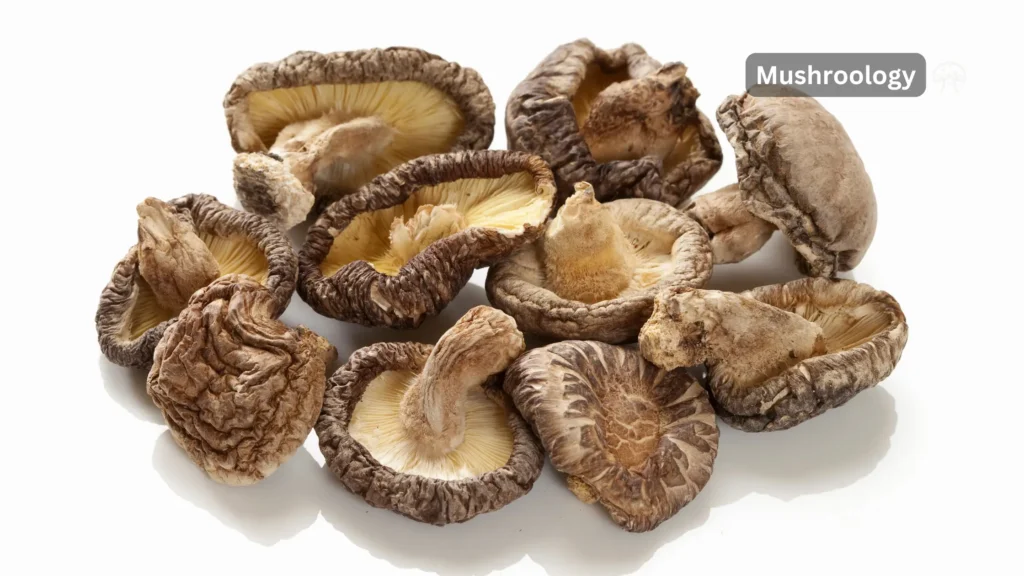
Premium dried shiitake are prized in high-end cooking for their:
- Rich Umami Flavor: They add depth to soups, stews, and sauces
- Meaty Texture: When rehydrated, they have a satisfying bite
- Health Benefits: They’re packed with vitamins D and B, plus minerals and antioxidants
In Japan, these mushrooms are also popular as luxury gifts, especially during holidays. Beautiful gift boxes of premium shiitake can cost hundreds of dollars but are seen as prestigious presents.
Balancing Tradition with Technology
How can this ancient tradition survive in the modern world? Forward-thinking farmers are finding solutions:
- Smart Sensors: Some use AI-powered devices to monitor growing conditions
- Blockchain Tracking: QR codes let buyers verify where and how the mushrooms were grown
- Automated Sorting: Special cameras help grade mushrooms faster than human eyes
- Sustainability Programs: “Adopt-a-Log” initiatives help urban consumers support rural farmers
Experience the Luxury of Hana-Donko Shiitake
While the finest Hana-Donko mushrooms may be beyond most budgets, you can still try good-quality dried shiitake in your cooking:
- Rehydrate Properly: Soak in warm water for 20-30 minutes until soft
- Save the Liquid: The soaking water makes an excellent broth base
- Slice Before Cooking: Cut into strips to release more flavor
- Add to Stir-fries and Soups: They pair wonderfully with Asian flavors
For those lucky enough to try premium Hana-Donko shiitake, savor them slowly. These mushrooms represent centuries of tradition, countless hours of expert care, and the perfect balance of nature and human craft.
The Future of Premium Shiitake
As one Japanese chef says, “We serve Ishikawa’s mushrooms not just for taste—but to sustain communities.” By supporting sustainable shiitake farming, consumers help preserve both cultural traditions and forest ecosystems.
Whether they’re selling for thousands at auction or being savored in a special meal, Japan’s White Flower shiitake mushrooms remain one of the food world’s most fascinating luxury crops.

